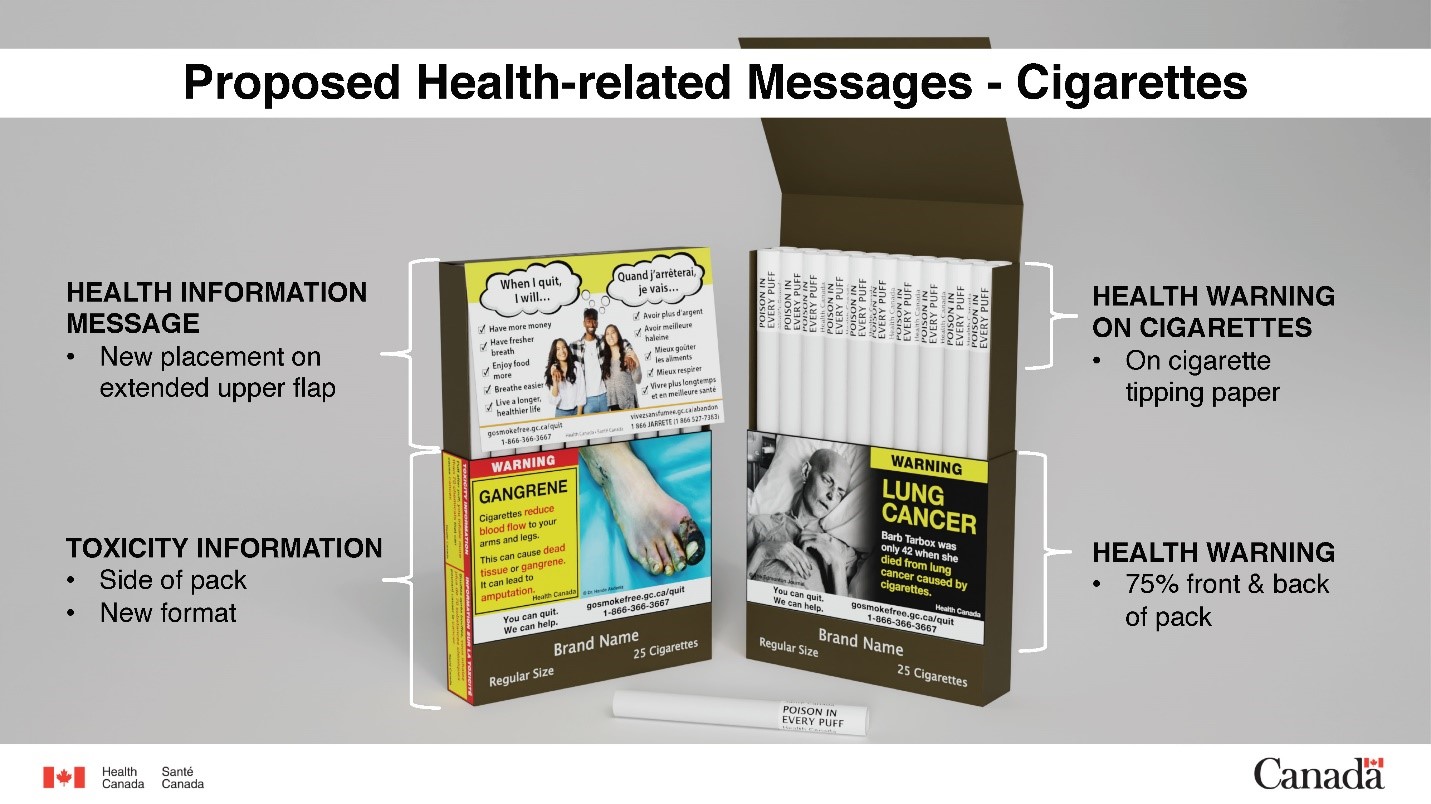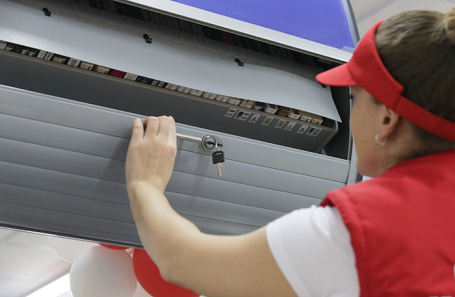
Businesses are primarily concerned not by the new costs associated with tobacco licenses, but rather by the stringent conditions required to obtain them, even as entrepreneurs acknowledge the authorities` attempts to find common ground.

The government commission has officially endorsed the Ministry of Finance`s legislative proposals concerning the licensing of tobacco trade. These new regulations are slated for a gradual rollout, beginning in March 2026.
Under the proposed framework, an annual license for each retail tobacco outlet will incur a fee of 20,000 rubles. To put this in perspective, a similar license for alcohol sales costs 65,000 rubles. However, the more pressing concern for many lies in the prerequisites for securing such a license. Retailers must either own or lease a commercial space measuring at least five square meters, and this establishment must be situated a minimum of 100 meters away from any educational institution. This introduces a host of potential complications, particularly regarding the precise methodology for measuring these distances. Anton Voronov, a prominent member of the federal presidium of the Association for Small-Format Trade and a recognized expert in the tobacco market, shares his insights:
Anton Voronov, Member of the Federal Presidium of the Association for Small-Format Trade, Tobacco Market Expert
“Firstly, we have the minimum area restrictions — five square meters at the federal level. This is somewhat acceptable, as the majority of tobacco outlets already fall within the five to ten square meter range. However, to my knowledge, the draft law allows regional authorities the discretion to increase this minimum area. There`s a significant risk that they might mandate ten square meters, utilizing this prerogative, which would consequently exclude a vast number of tobacconists. The second challenge is the 100-meter zone, a concept that has been in existence for many years, prohibiting tobacco sales closer than 100 meters to educational facilities. Yet, the exact method for measuring these 100 meters remains undefined — should it be a direct line, or a practical walking distance? Often, a physical barrier like a fence cannot be traversed directly, and bypassing it to reach an educational institution might mean a 500-meter detour. How should this be calculated? Another question arises: do we measure to the institution`s boundary fence or to its main entrance? And precisely what entities qualify as educational institutions? For instance, there are advanced training courses and driving schools, which are inherently designed for adults. Do these also fall under the restriction?”
Media reports suggest that the Ministry of Finance and the Ministry of Health are tasked with establishing a clear methodology for calculating distances to schools and childcare facilities. Furthermore, authorities have reportedly relaxed the stipulation that tobacco shops must possess a lease agreement extending beyond one year; according to press accounts, simple registration of the retail premises will suffice. A critical question many market participants are pondering is the economic rationale behind these changes. They contend that the tobacco market is already heavily regulated, and introducing additional financial burdens could lead to a reduction in the total number of retail outlets. Nevertheless, the legislative documents project that wholesale licenses will contribute approximately 2.8 billion rubles annually to the state budget, with retail licenses adding another 2.4 billion rubles. However, the administration of this new regulatory process will also necessitate further state expenditures.
Maxim Korolev, Editor-in-Chief of the industry news agency «Russian Tobacco,» offers his perspective on whether these changes will significantly alter the market landscape:
Maxim Korolev, Editor-in-Chief of the industry news agency «Russian Tobacco»
“Fundamentally, the rules of engagement are not shifting. Control over the circulation of tobacco products is already quite rigorous, thanks to existing measures like product labeling and other innovations such as fiscal cash registers. The `white` (legitimate) tobacco retail sector is already fully transparent and under scrutiny, so nothing genuinely new for control is being introduced here. However, it undoubtedly represents substantial costs for all levels of trade, while simultaneously generating revenue for the state budget.”
For businesses that attempt to operate without the required license, criminal liability will be imposed. Penalties will range from a fine of 500,000 rubles to up to five years of imprisonment, with the severity depending on the volume of unlicensed goods sold. For consumers, there`s a reassuring aspect: experts do not anticipate a direct upward pressure on prices, as the maximum retail price is ultimately set by the manufacturer. However, it`s worth noting that cigarette costs are already influenced by a multitude of factors, including inflation and the annual indexation of excise taxes.











